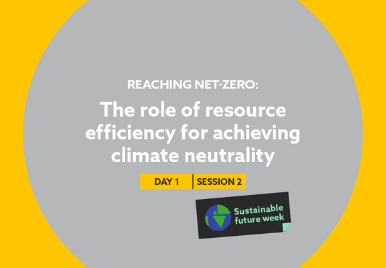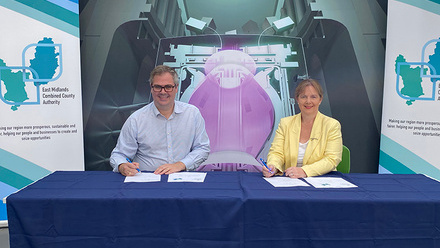The role of resource efficiency for achieving climate neutrality
Catch up on the IOM3 Sustainable Future Week webinars. This is webinar 2 of 10.
Please login or create your My IOM3 Account to access this on-demand webinar

As part of its Sustainable Future theme to help build momentum ahead of COP26, IOM3 hosted a week of virtual events across 6-10 September 2021. This week showcased the vital role of professionals in materials, minerals and mining in the transition to a low carbon, resource efficient society. The first day of the series explored the role of resource efficiency and the transition to a more circular economy in reaching net zero.
Better use and management of resources will be fundamental to the transition to net zero greenhouse gas emissions and yet is often overlooked in climate debate and policy.
This event explores the potential contribution of resource efficiency and the circular economy to both reaching the UK net zero target and reducing global emissions associated with UK consumption.
In this technical lecture and question and answer session, Professor Lenny Koh discusses her research that intersects supply chain and information sciences for resource efficiency and sustainability.
Resource efficiency and circular economy for achieving climate and carbon neutrality towards net zero
Resource efficiency and circular economy are key enablers for achieving climate and carbon neutrality towards net zero. Amongst the various energy technologies and vectors such as CCUS, nuclear, hydrogen, zero carbon and biomass-fuel, renewable sources such as wind and PV, and energy storage and batteries which will play a key role; the supply chains and systems must be resource efficient and sustainable. This talk focuses on demonstrators and examples of how these can be achieved at various scale and the importance of circularity and resource efficiency in such a pathway, including nature based solutions and energy technologies that can decarbonise cities/nations, industries and transports through materials supply chain environmental assessment innovation.







